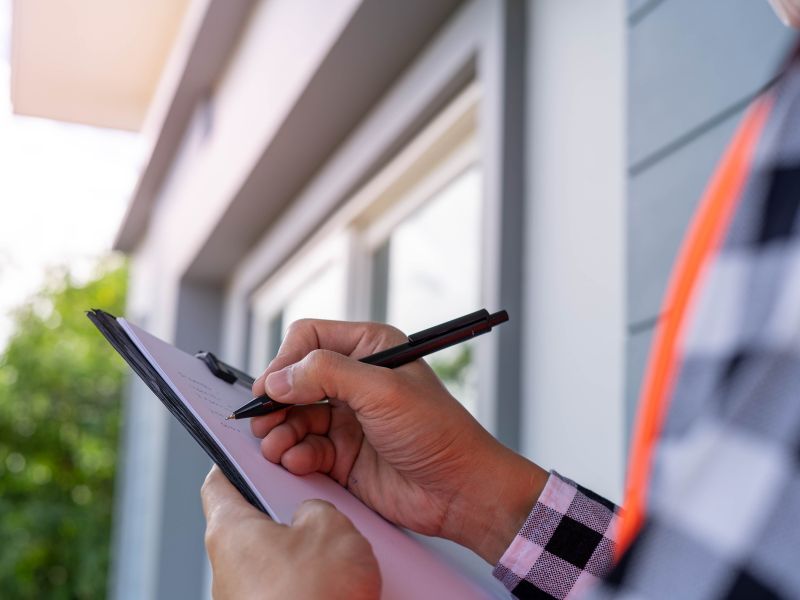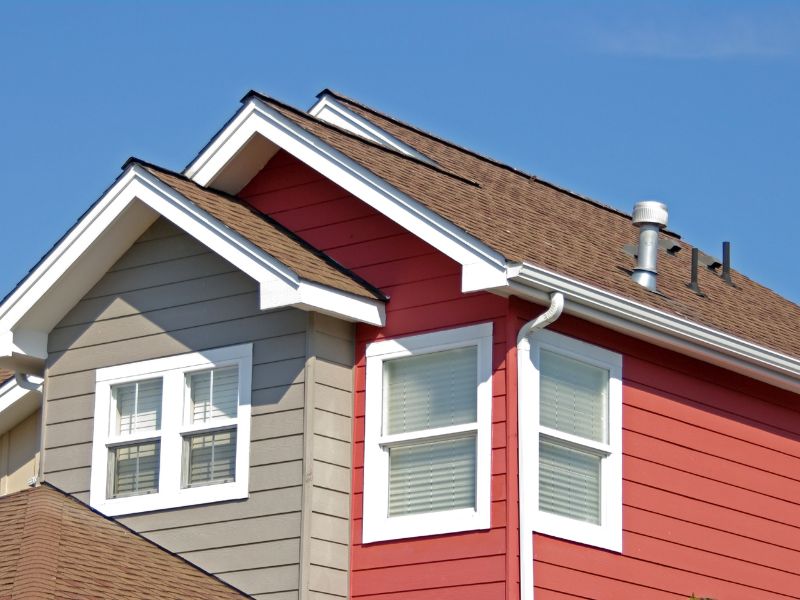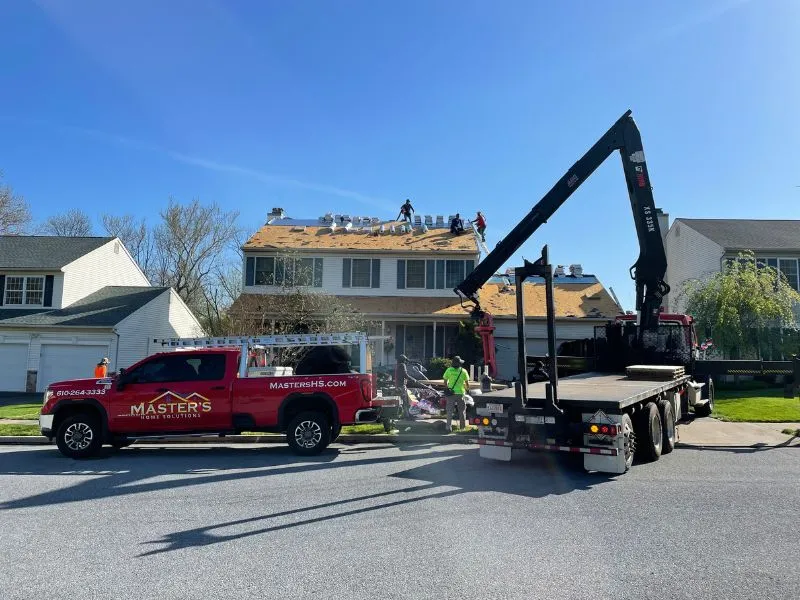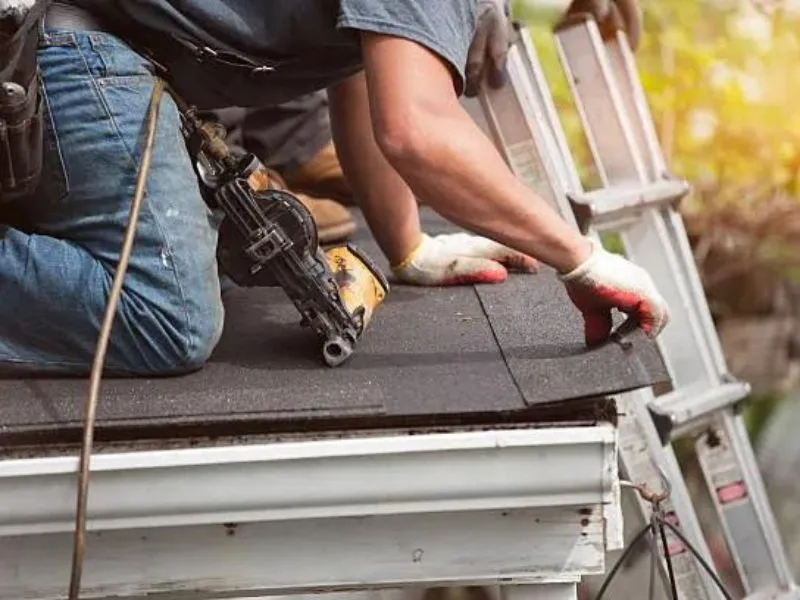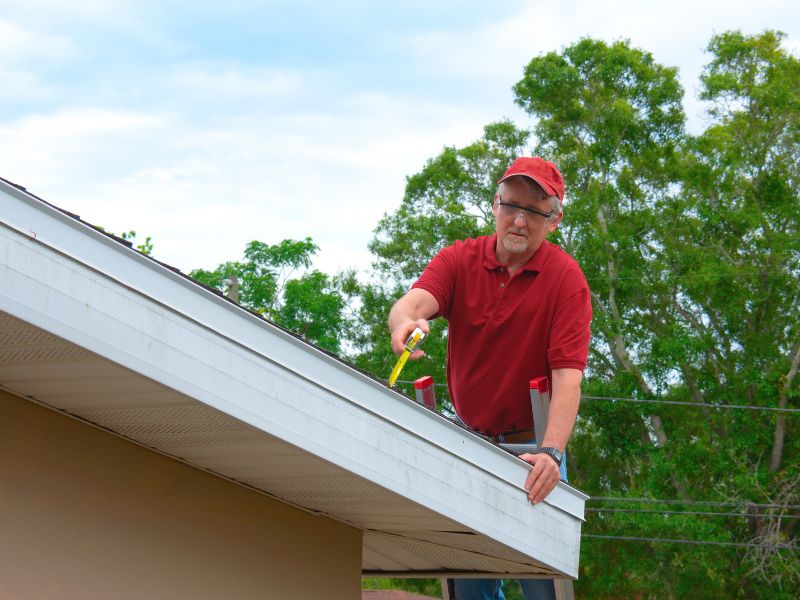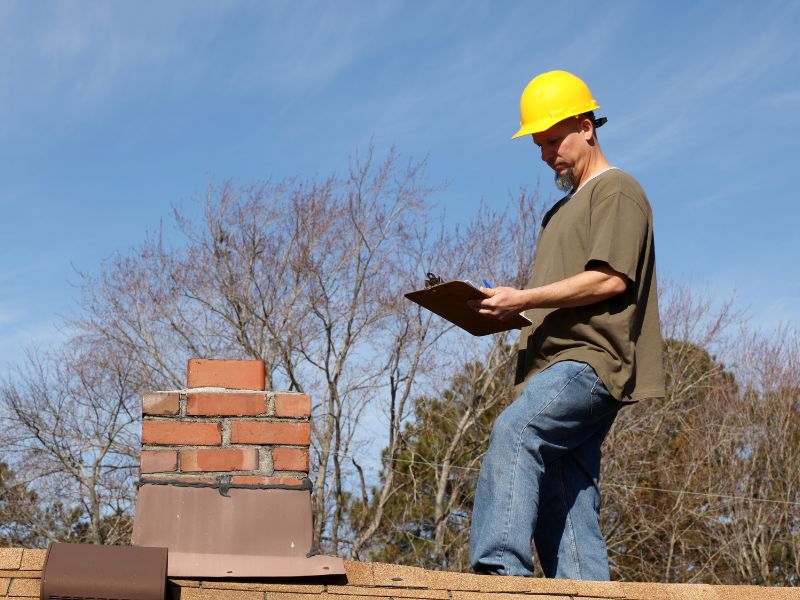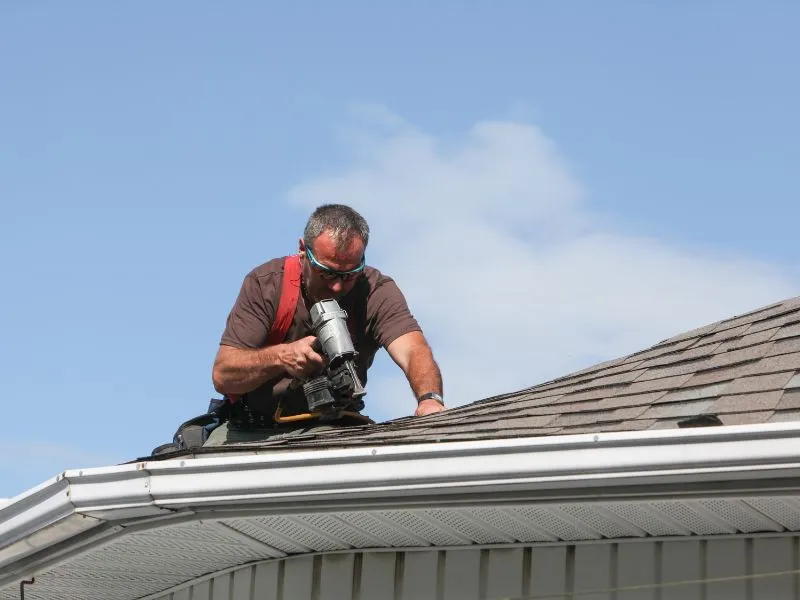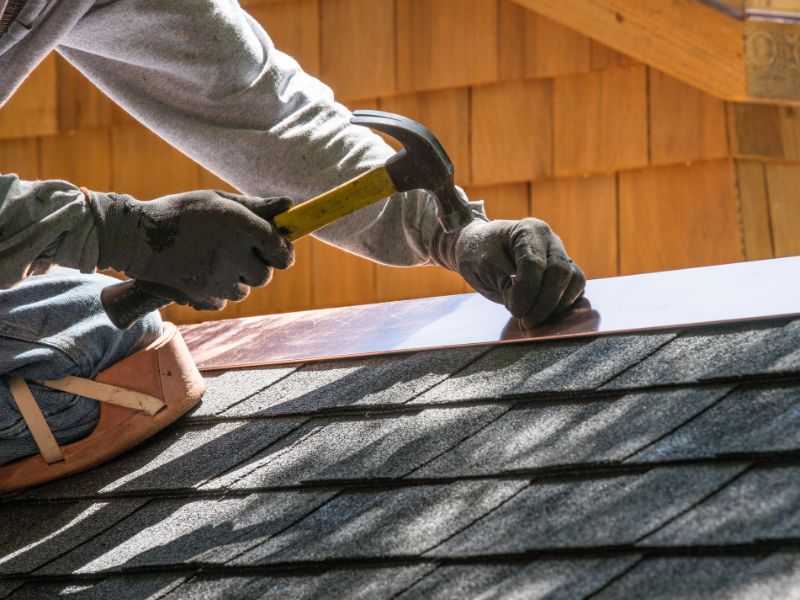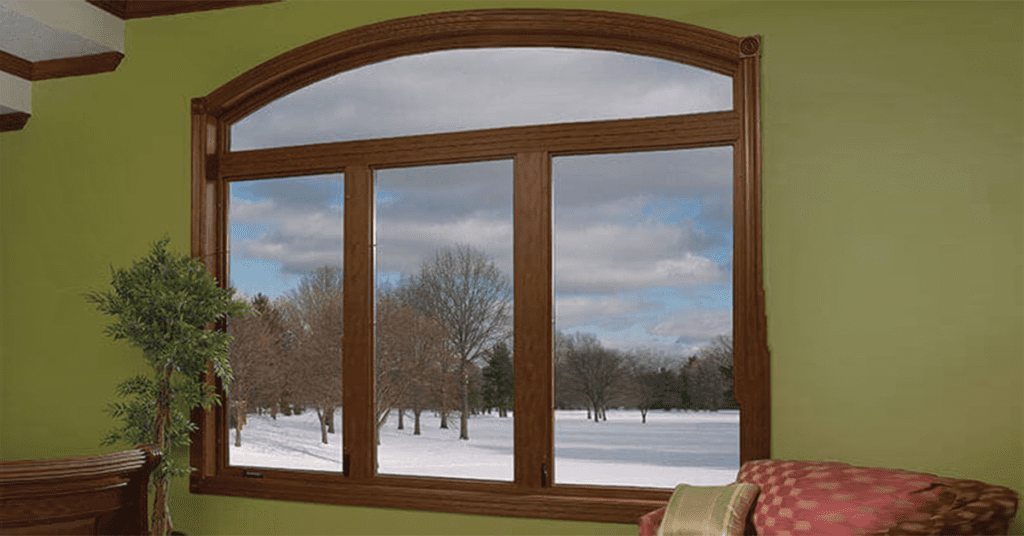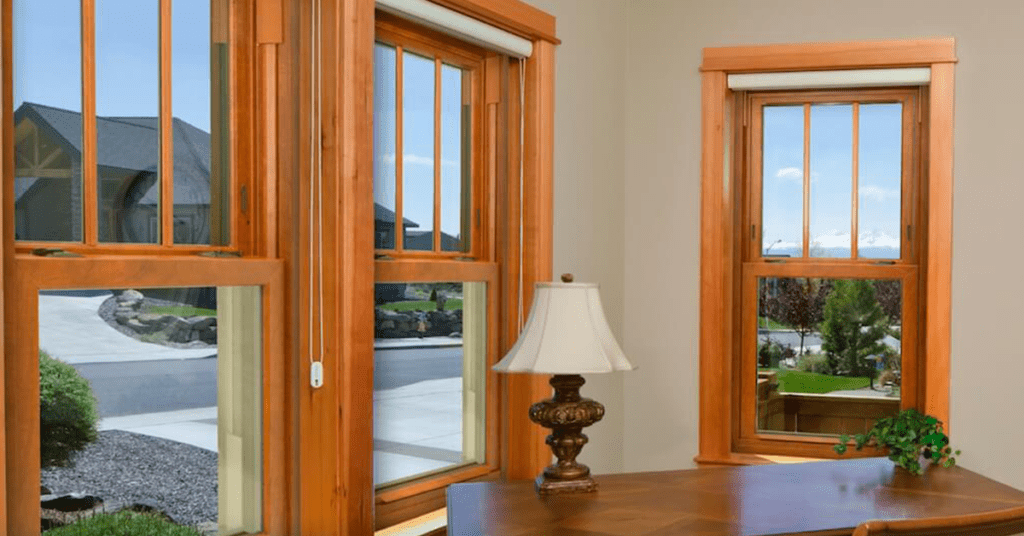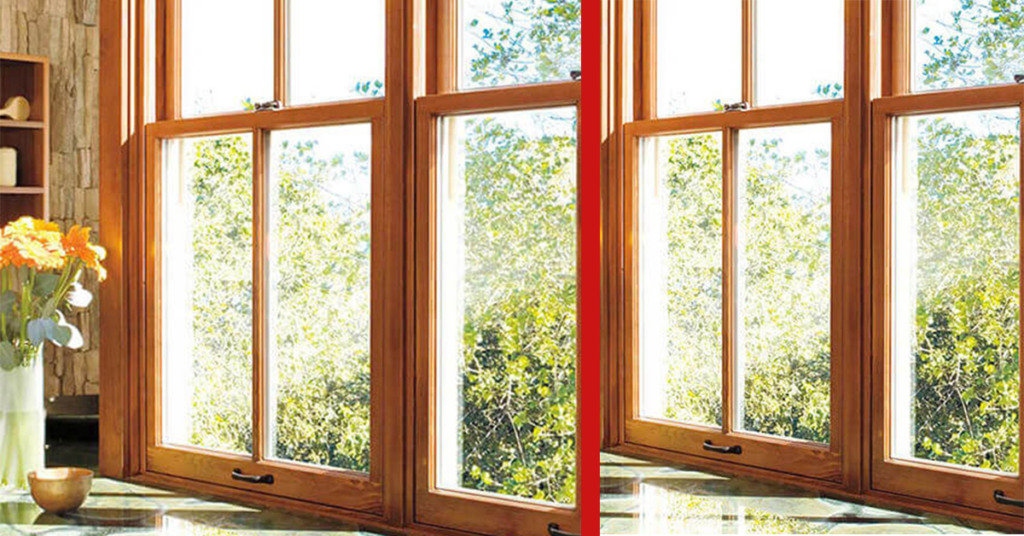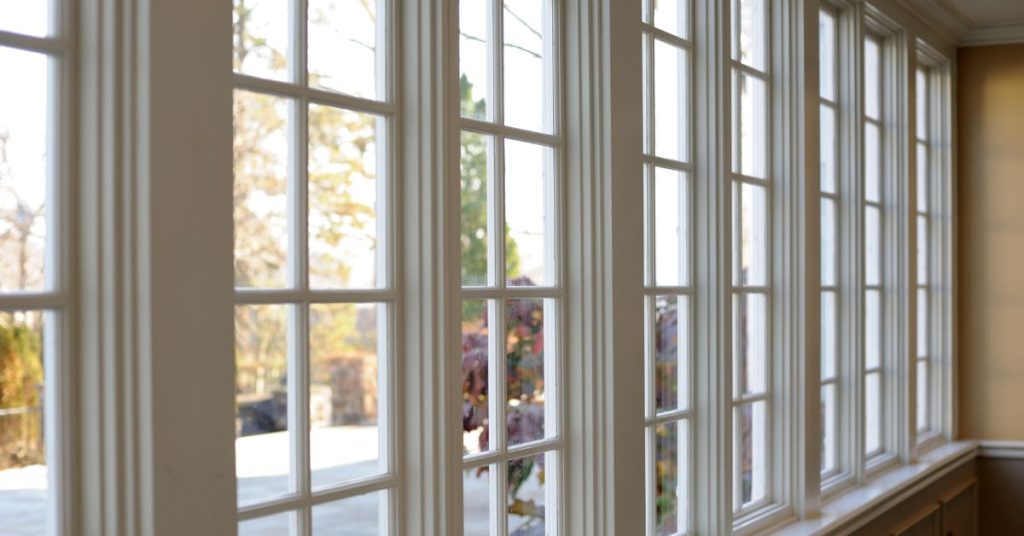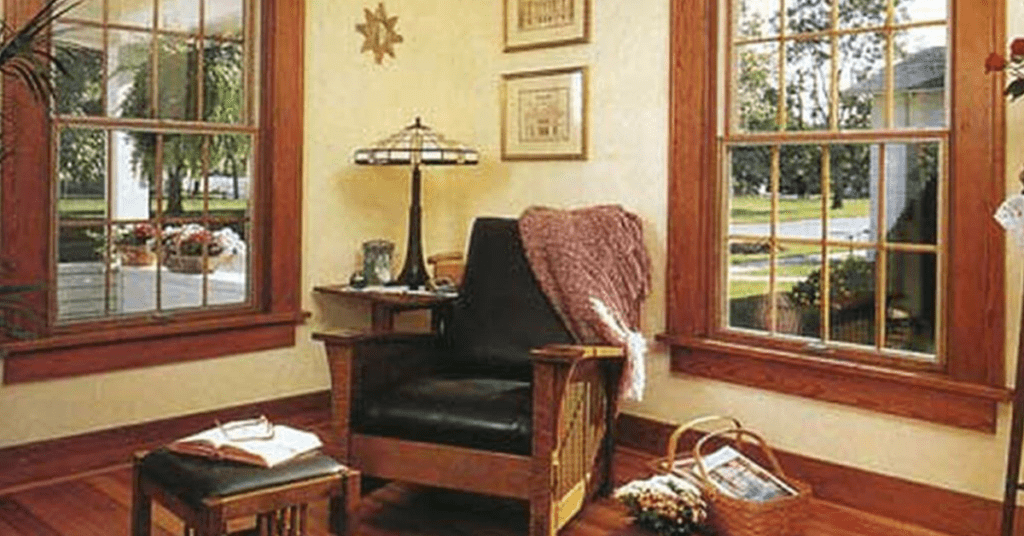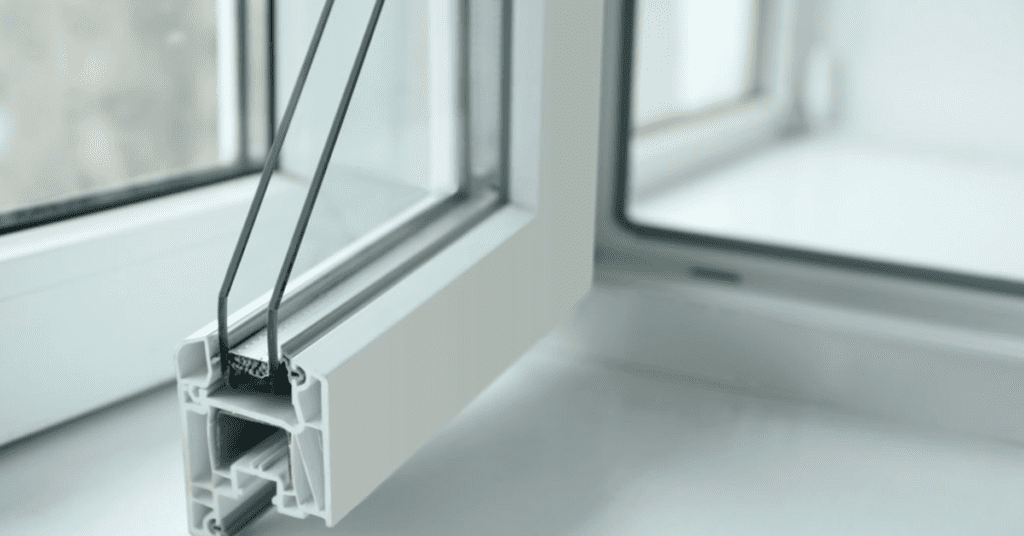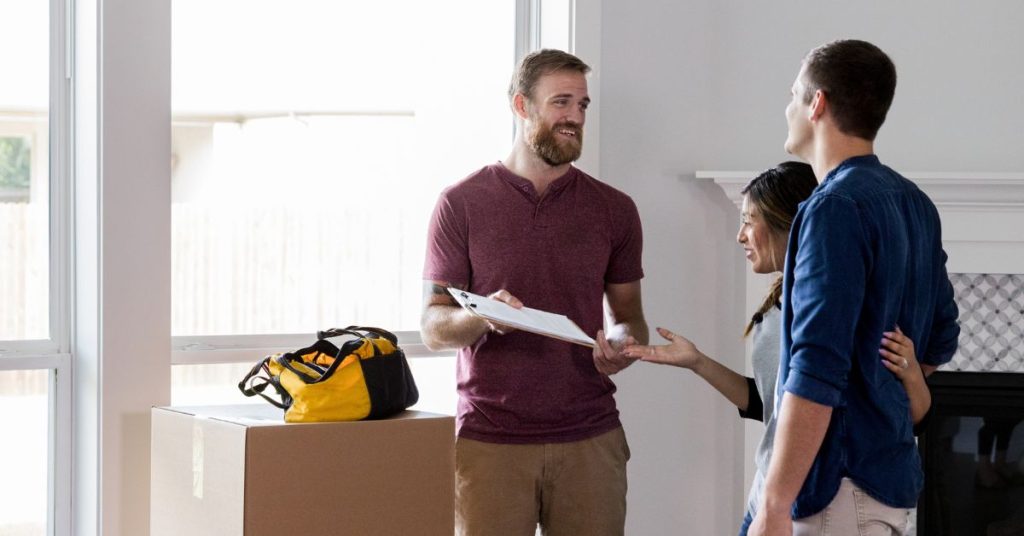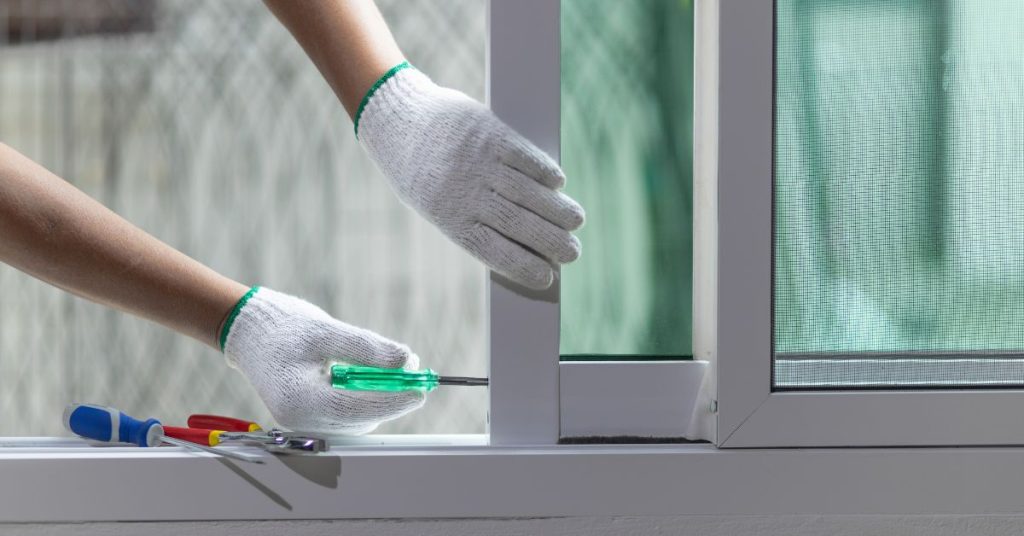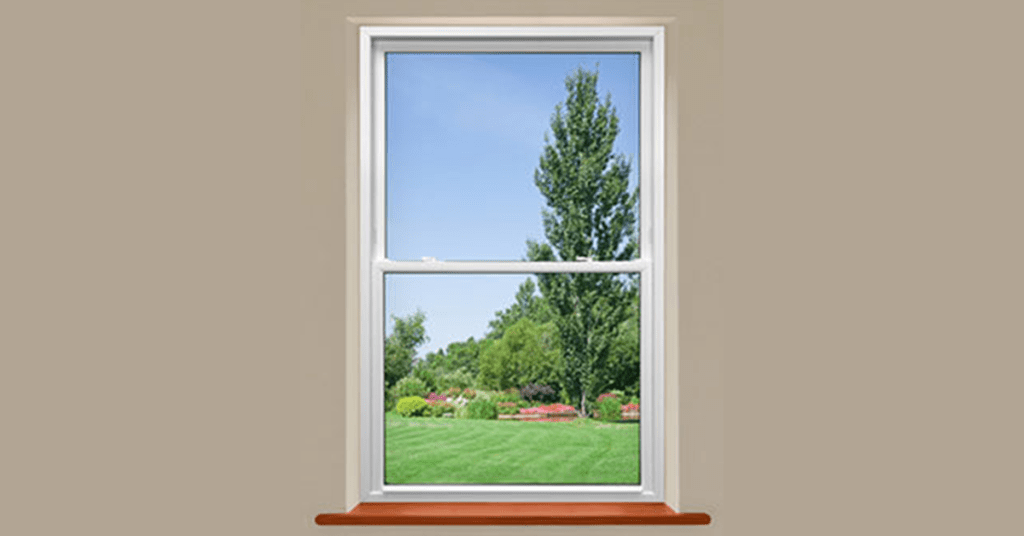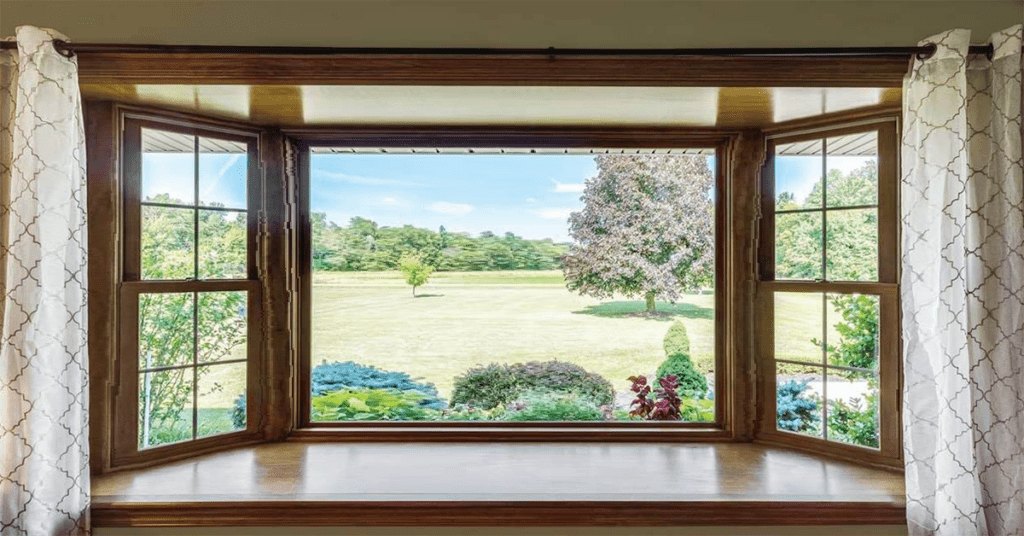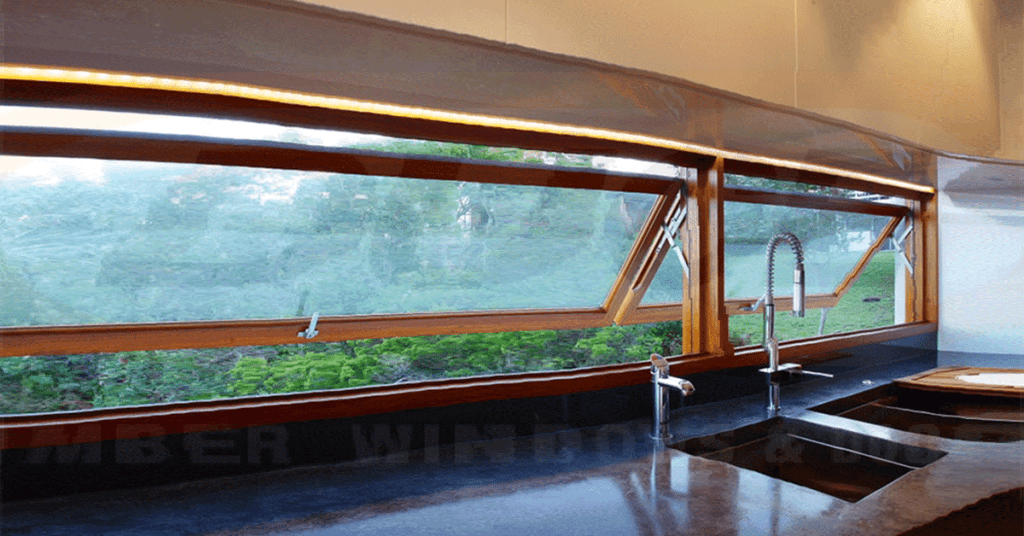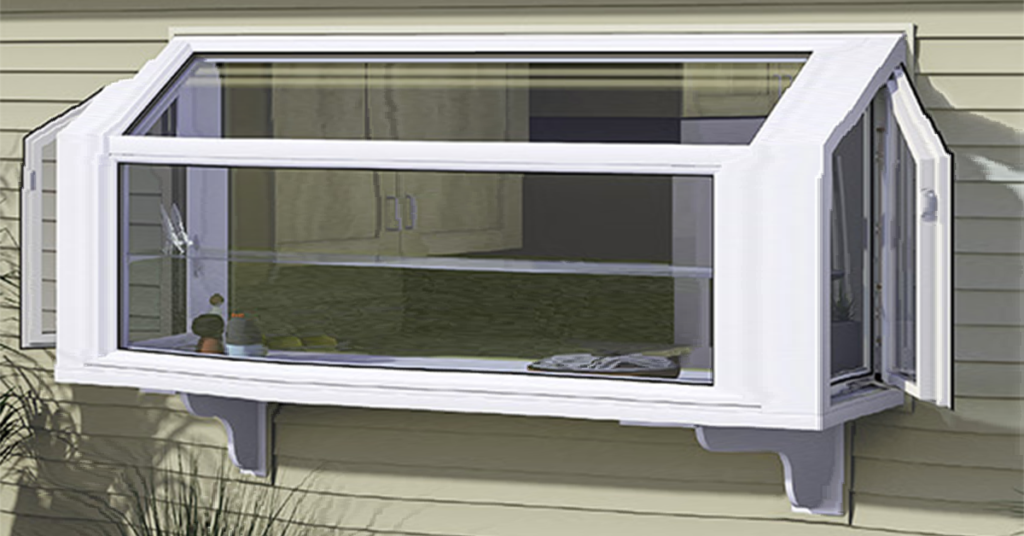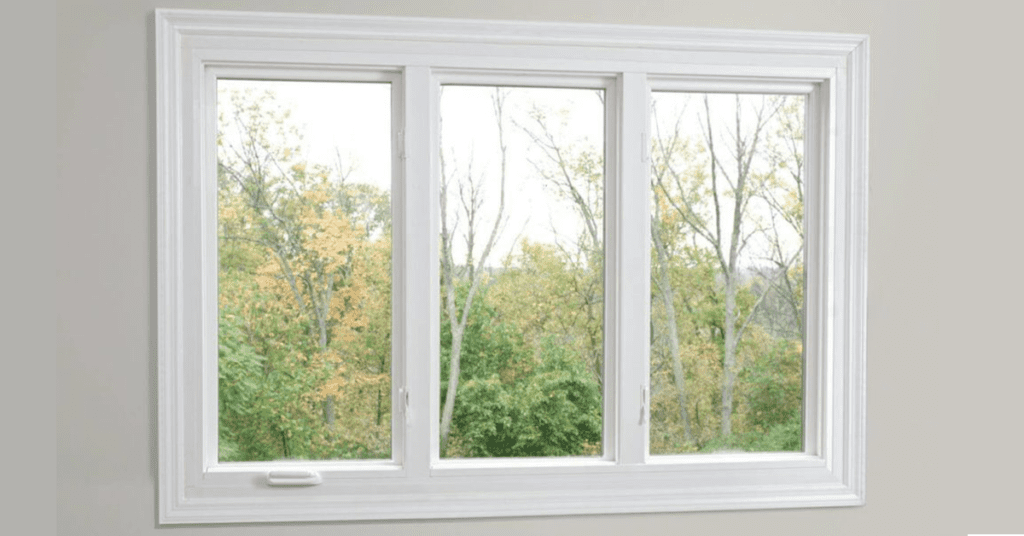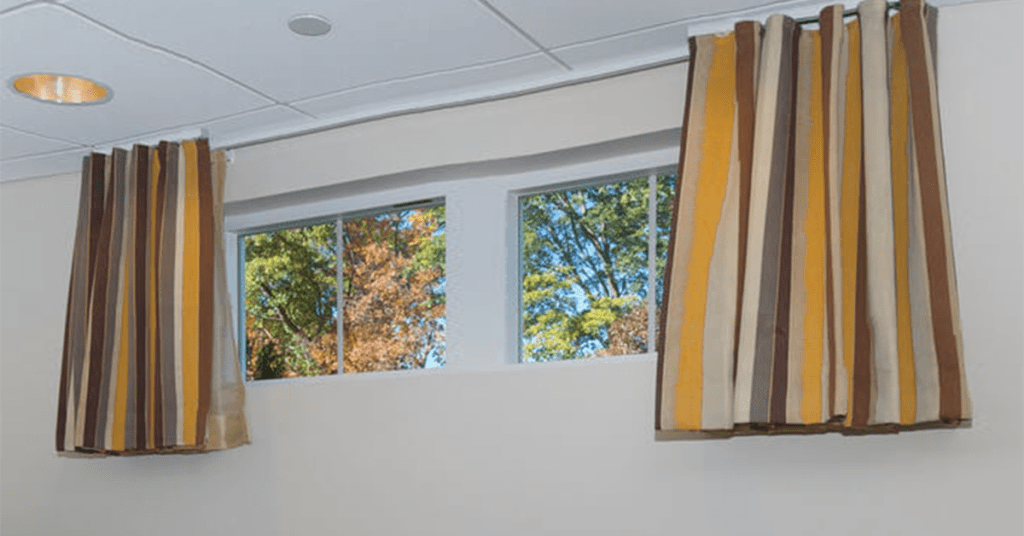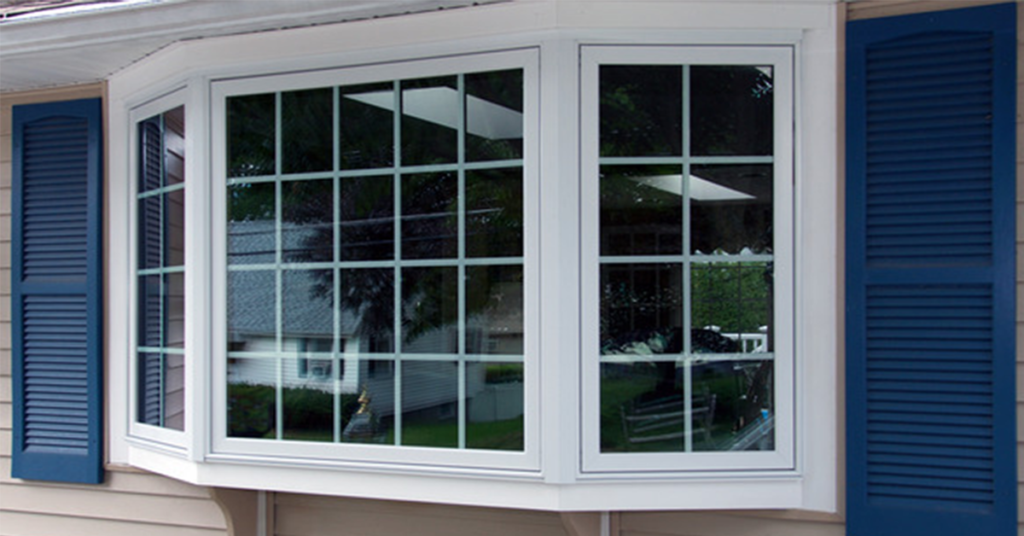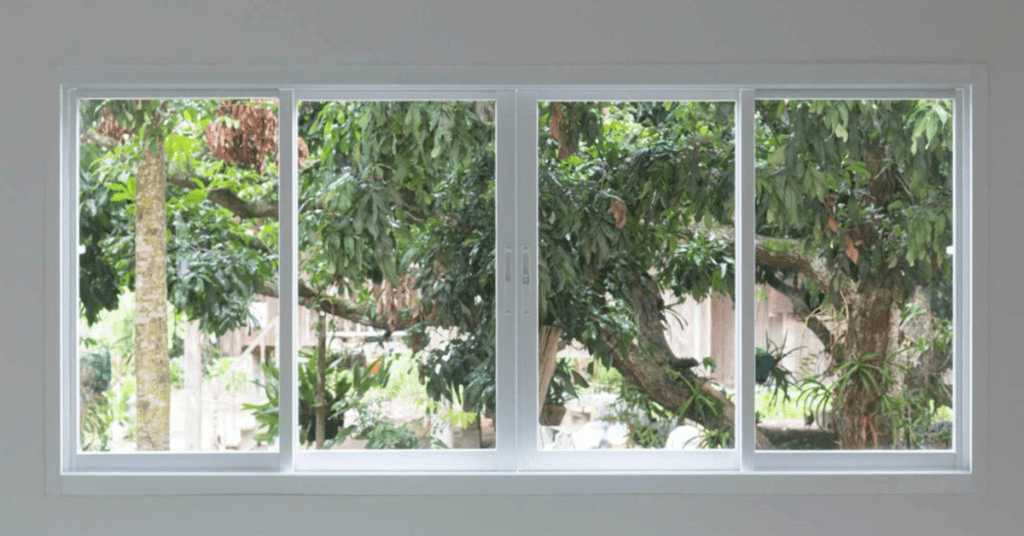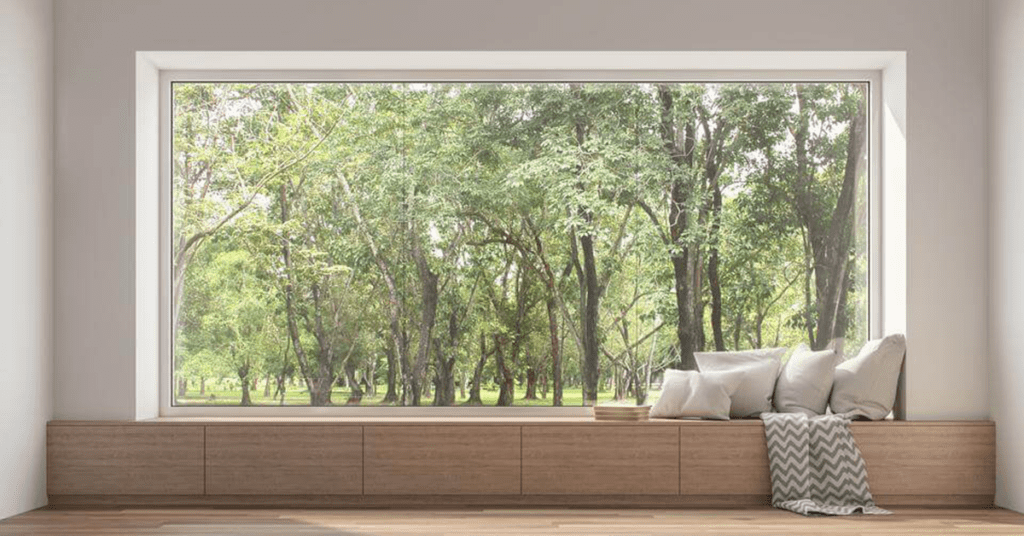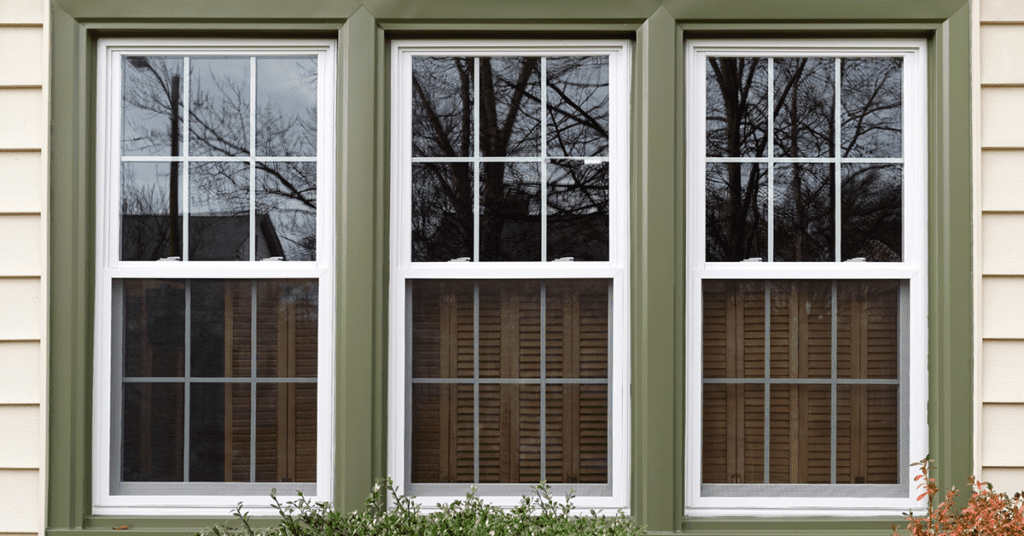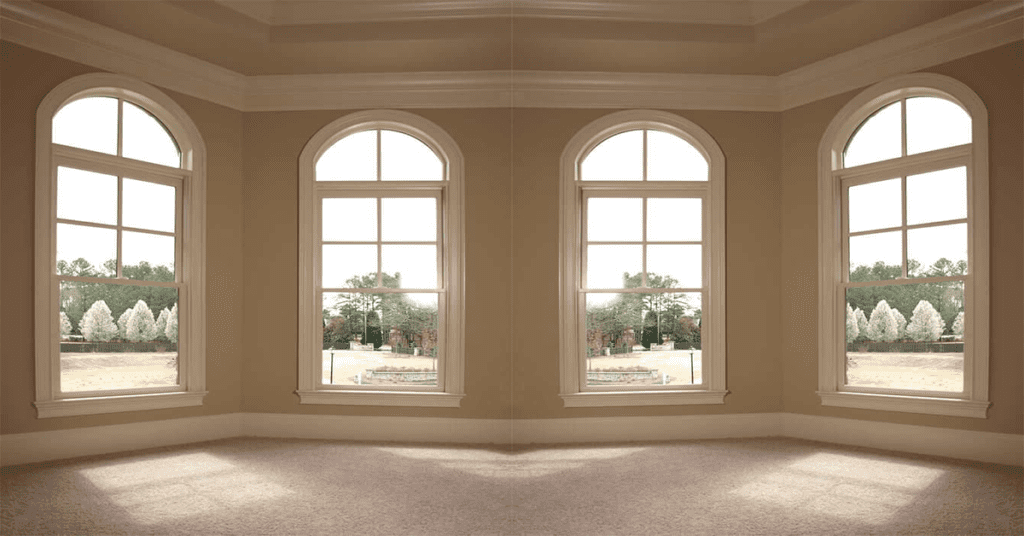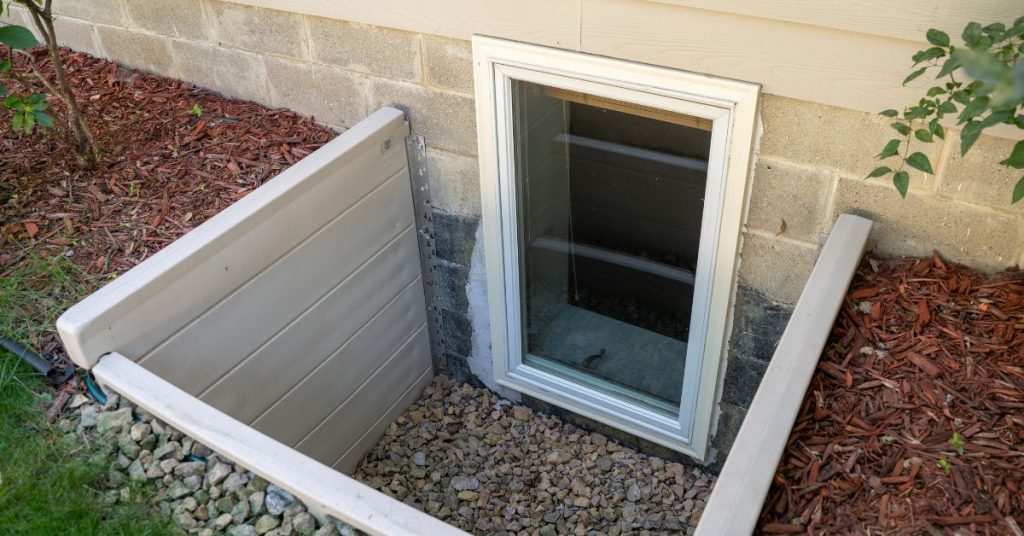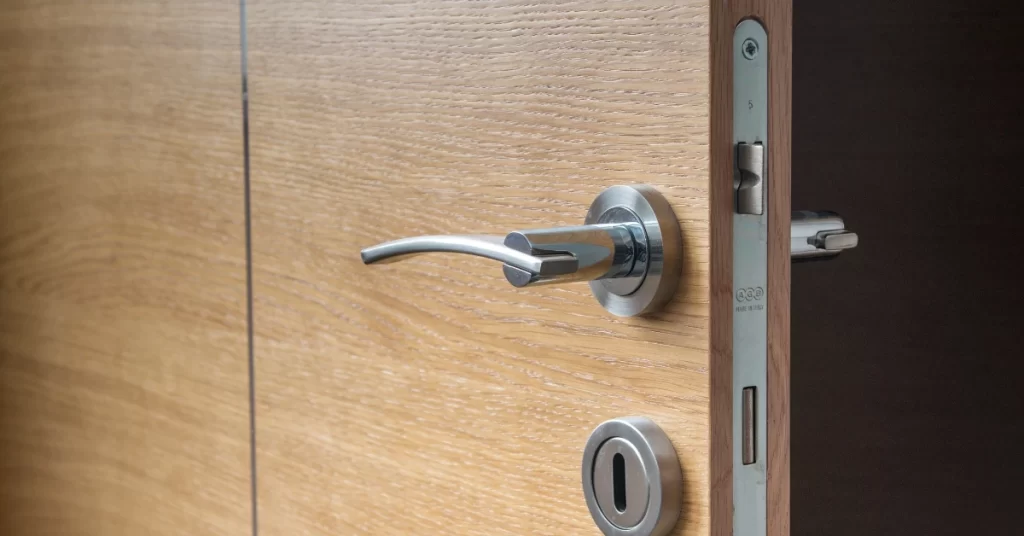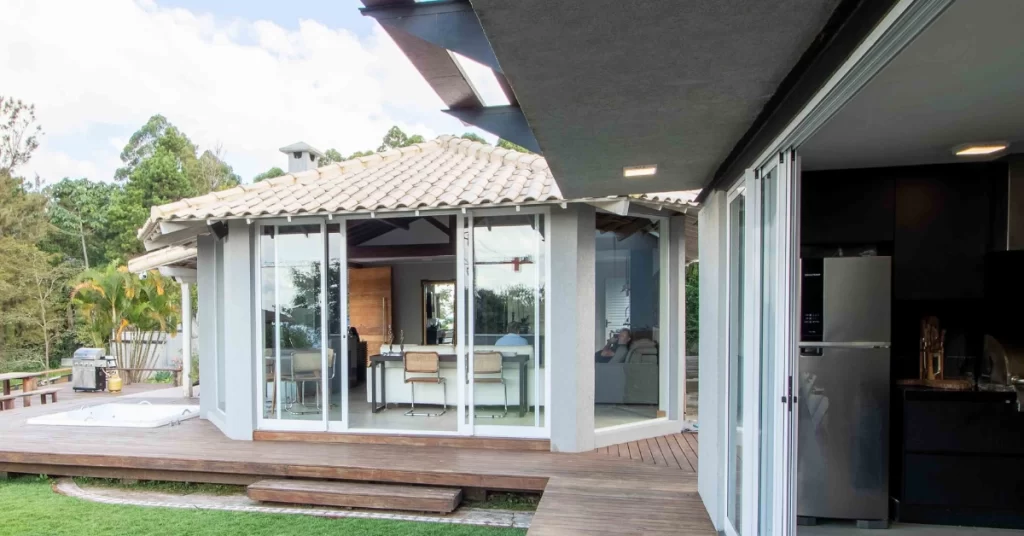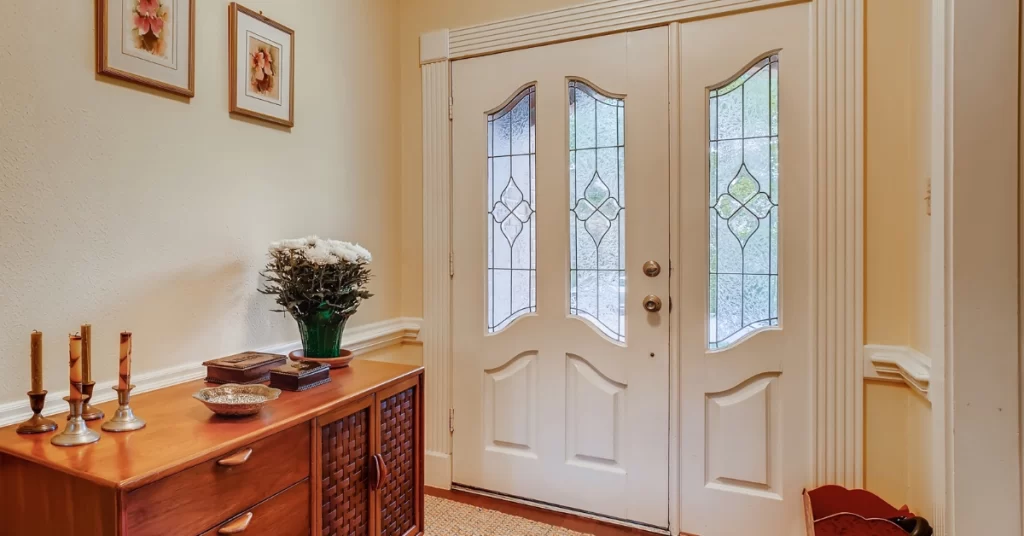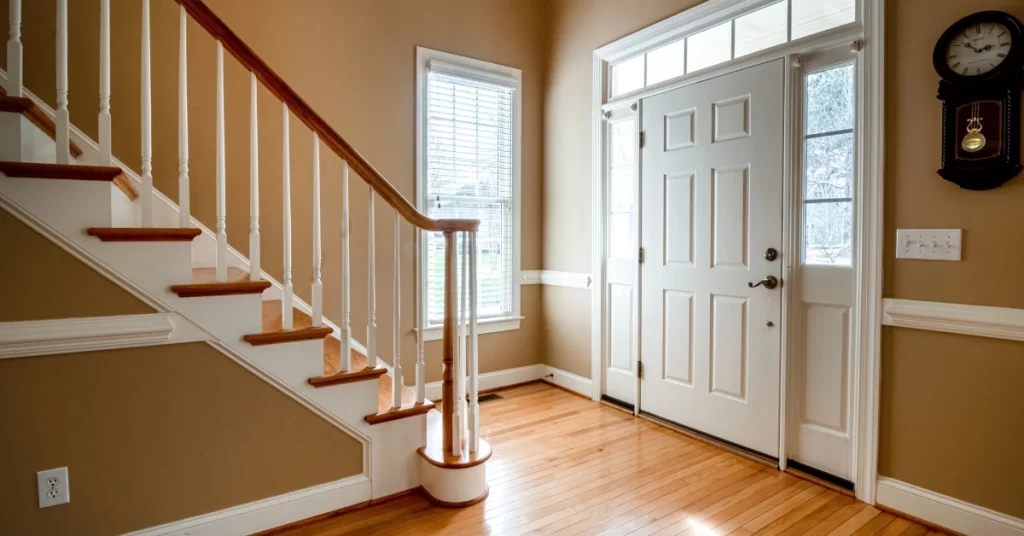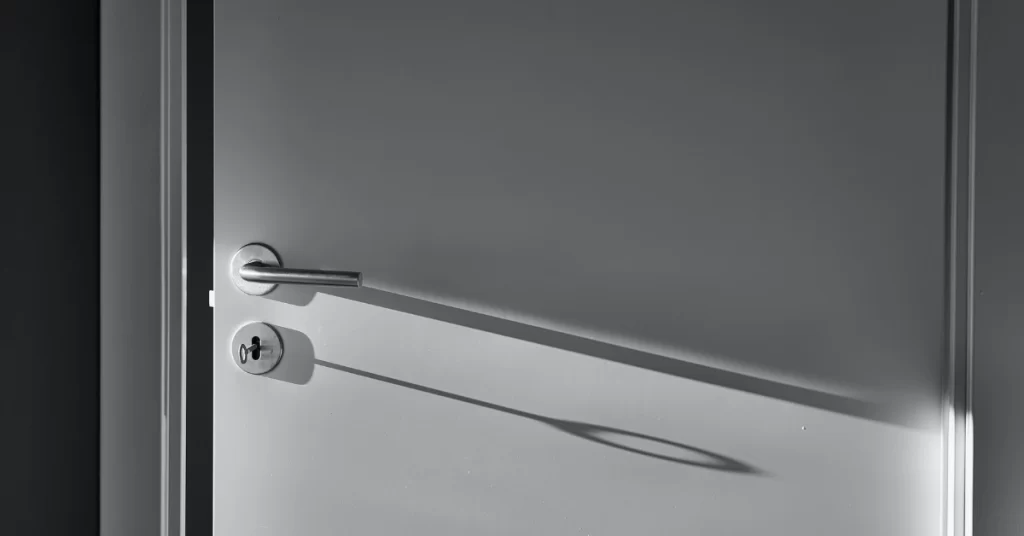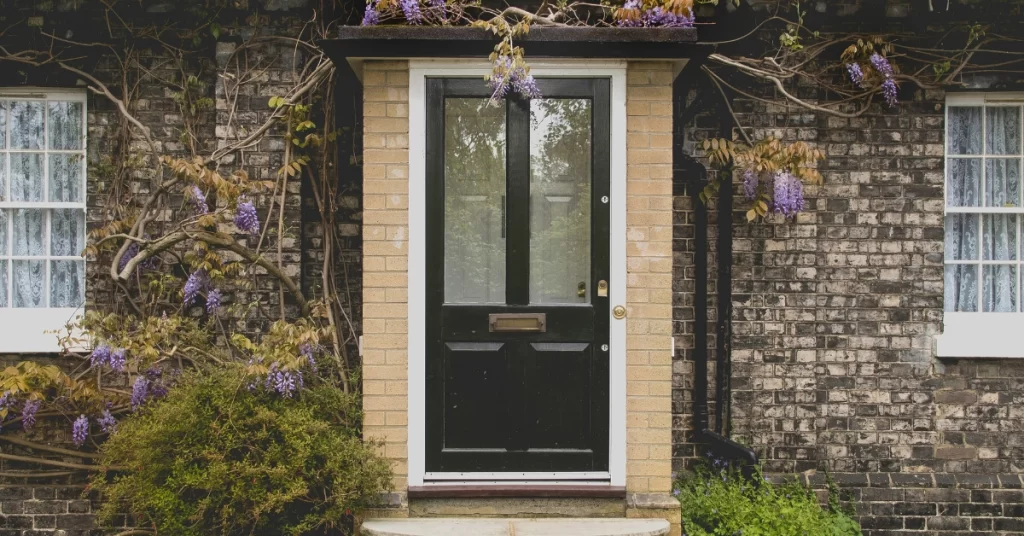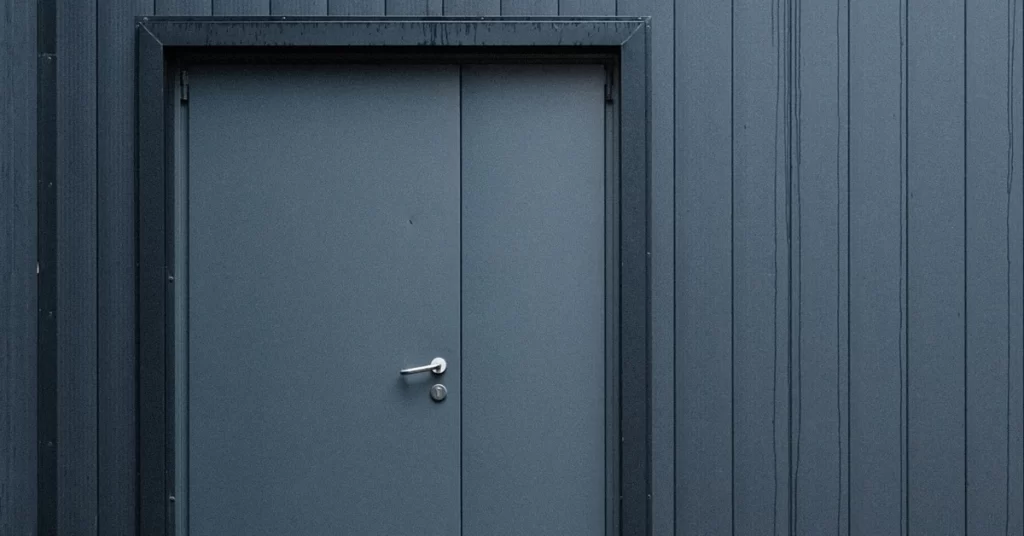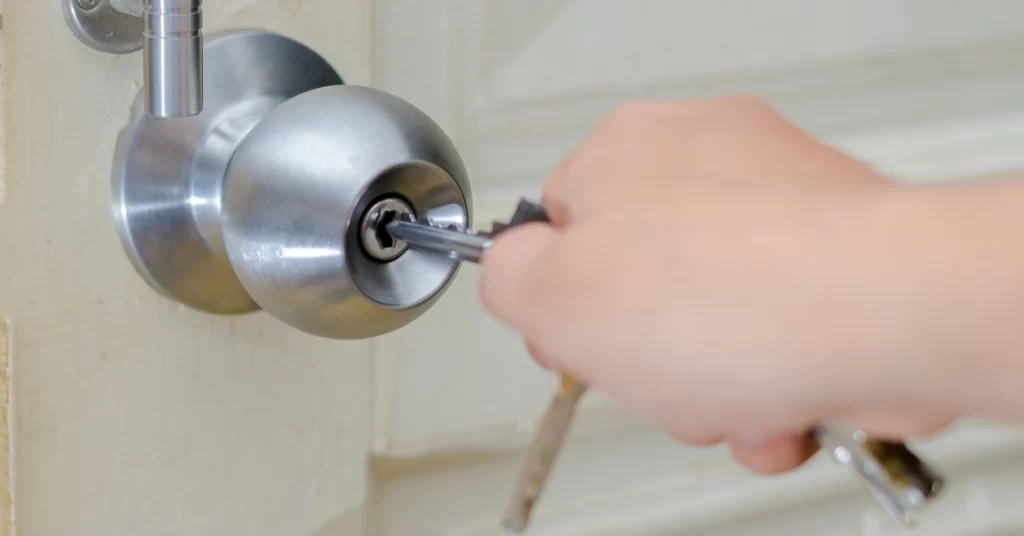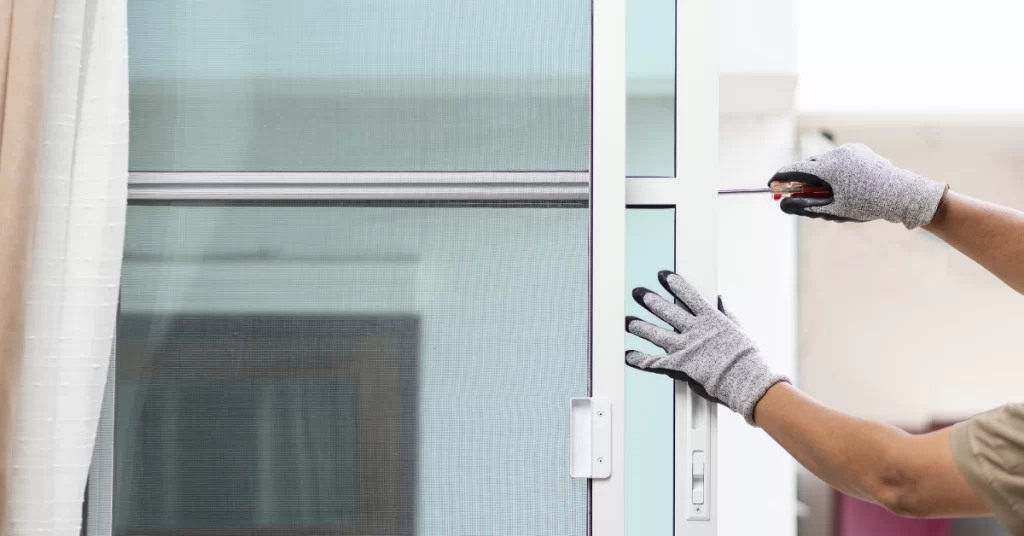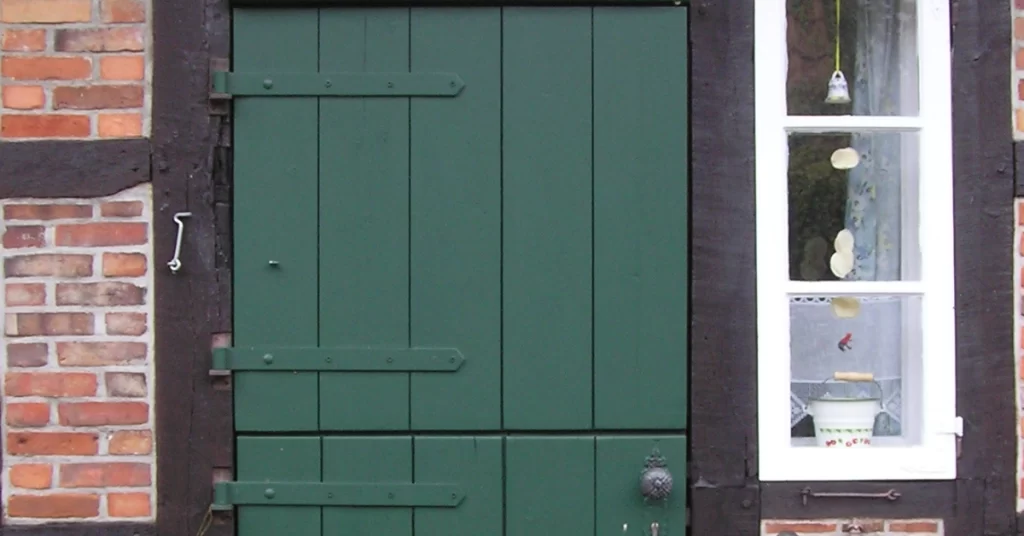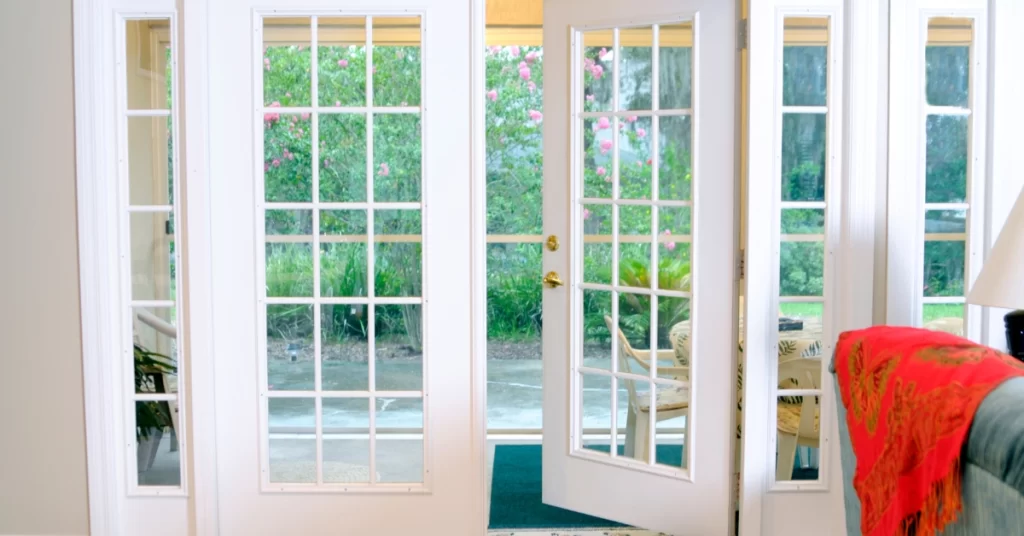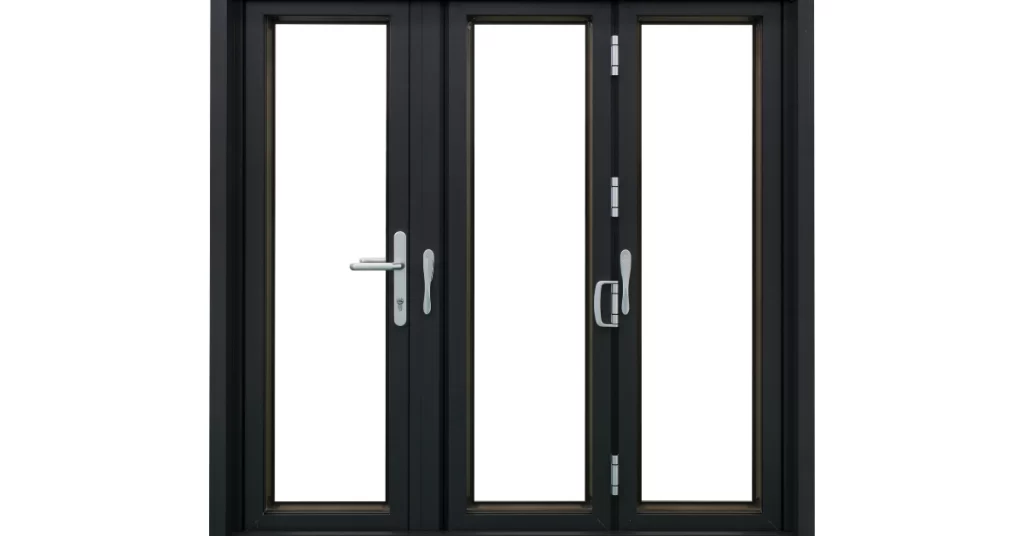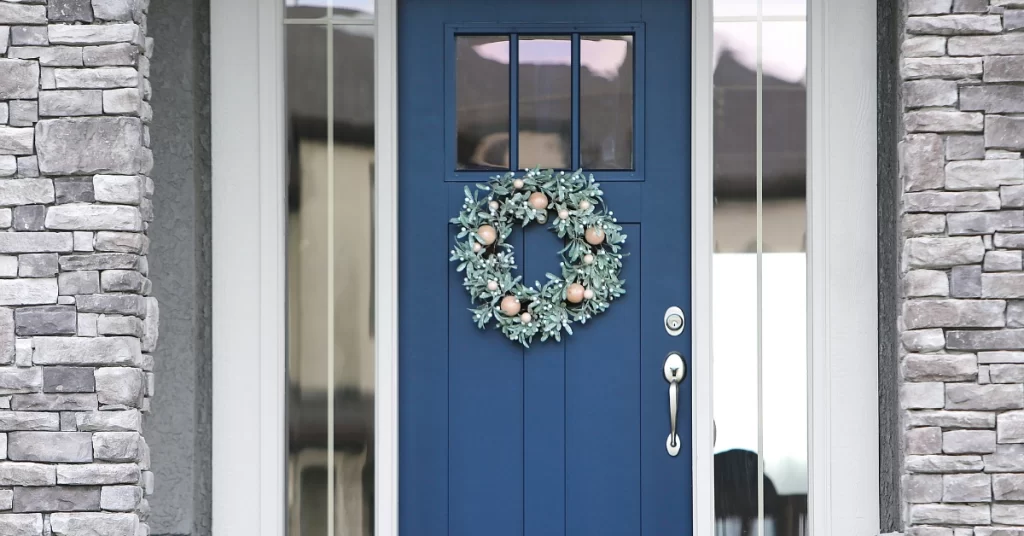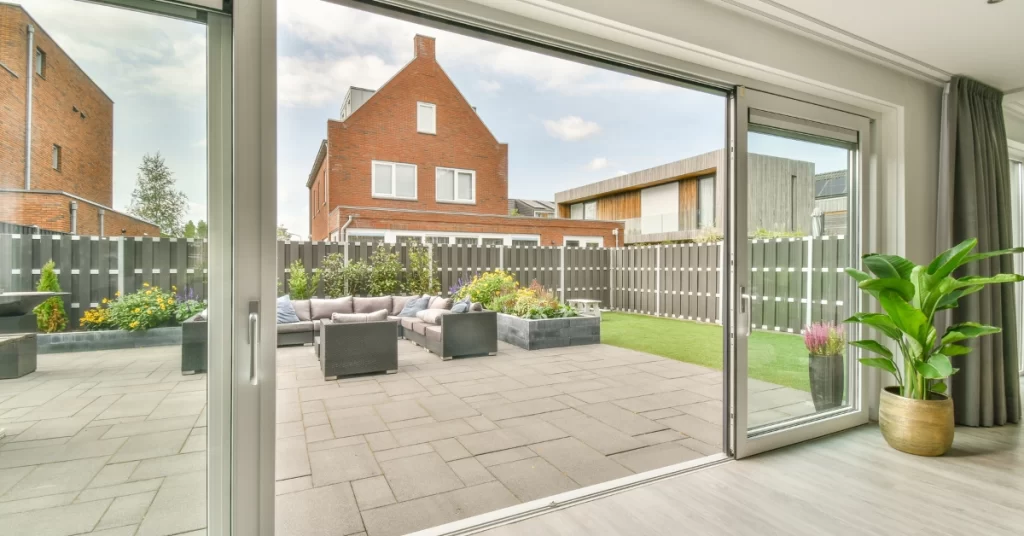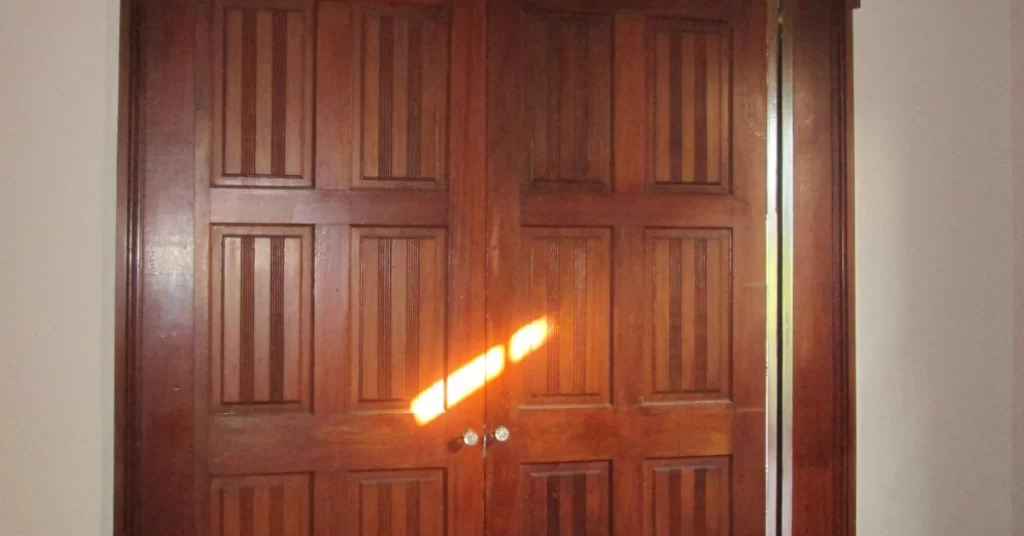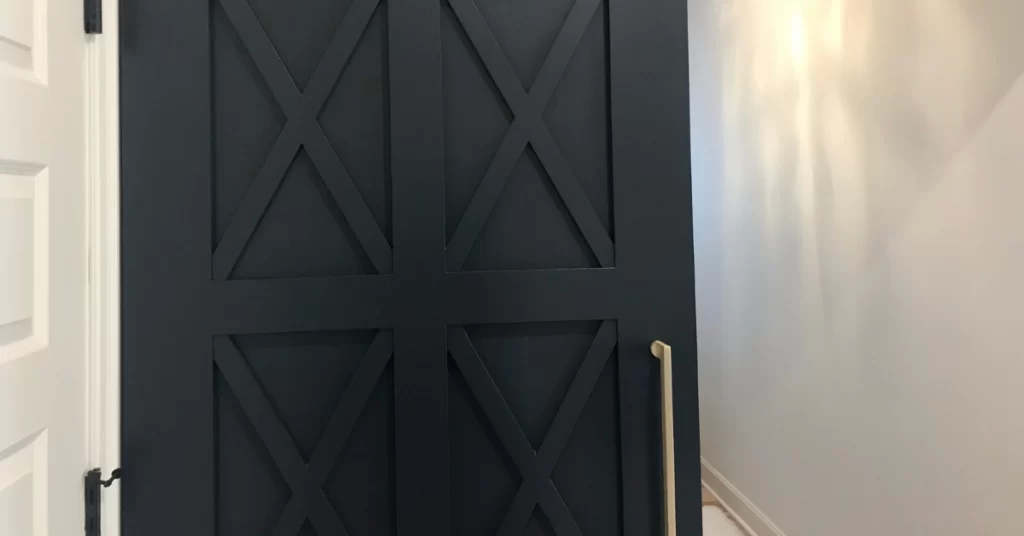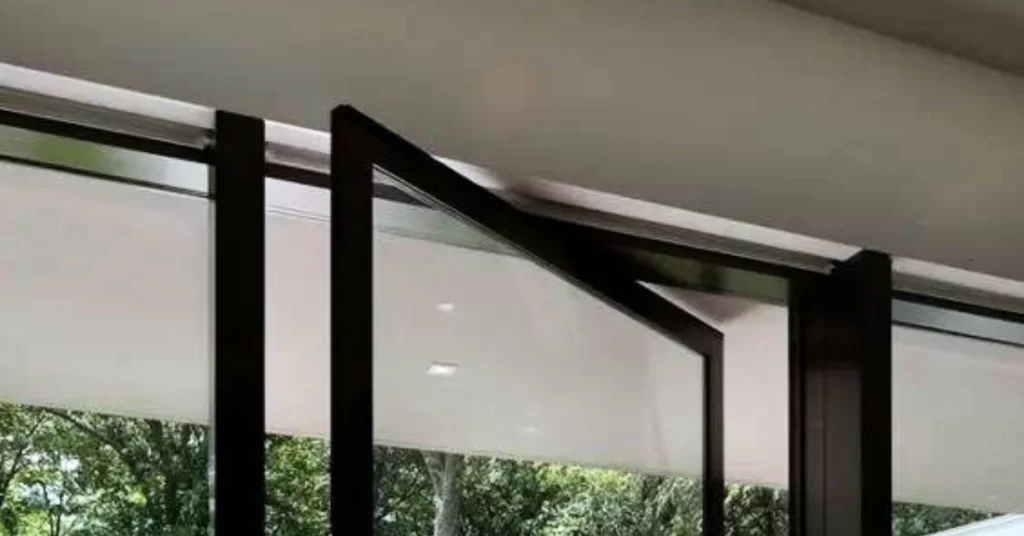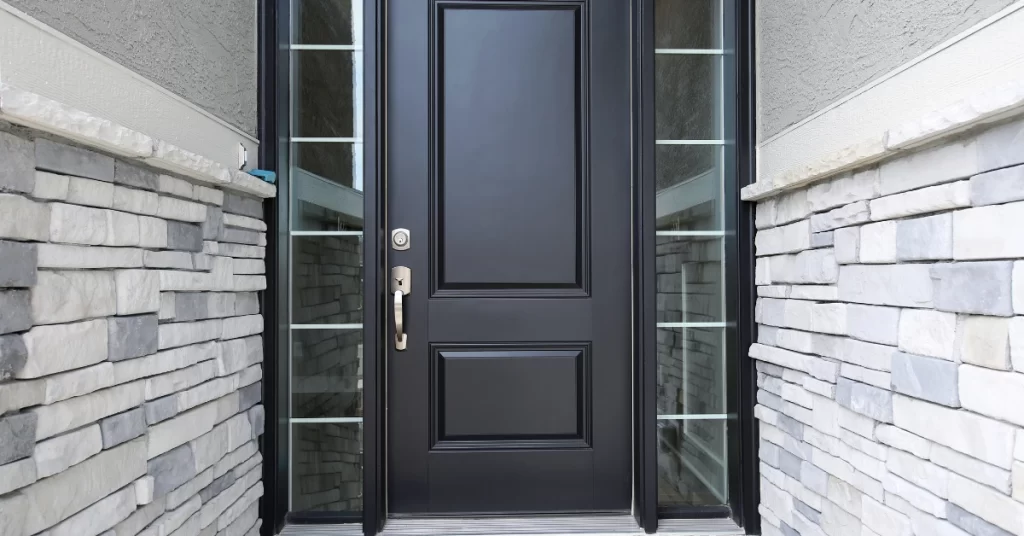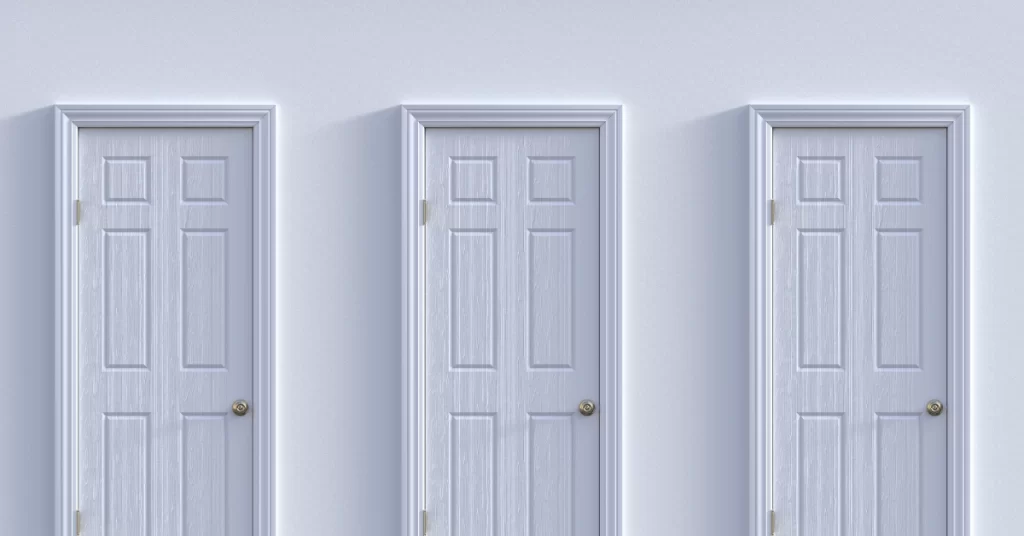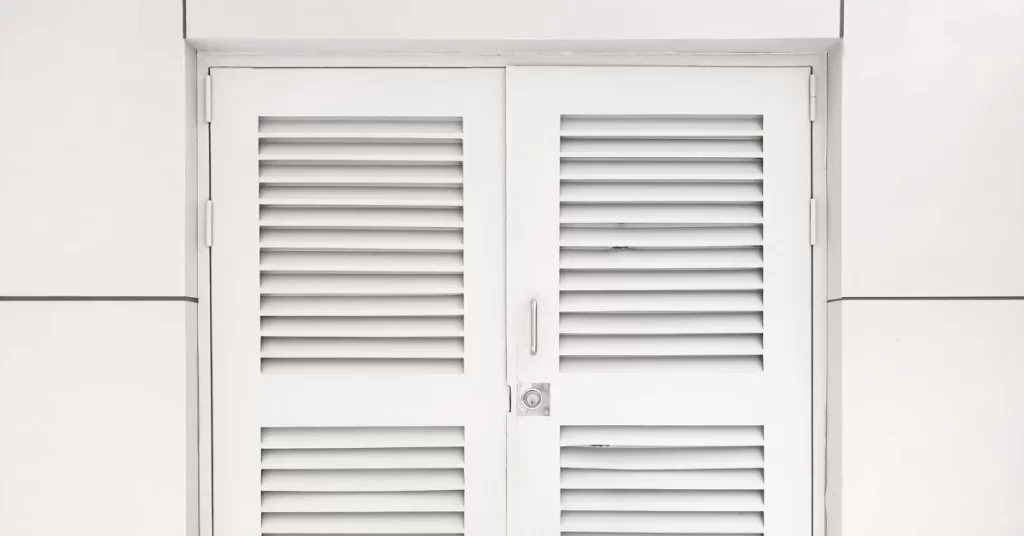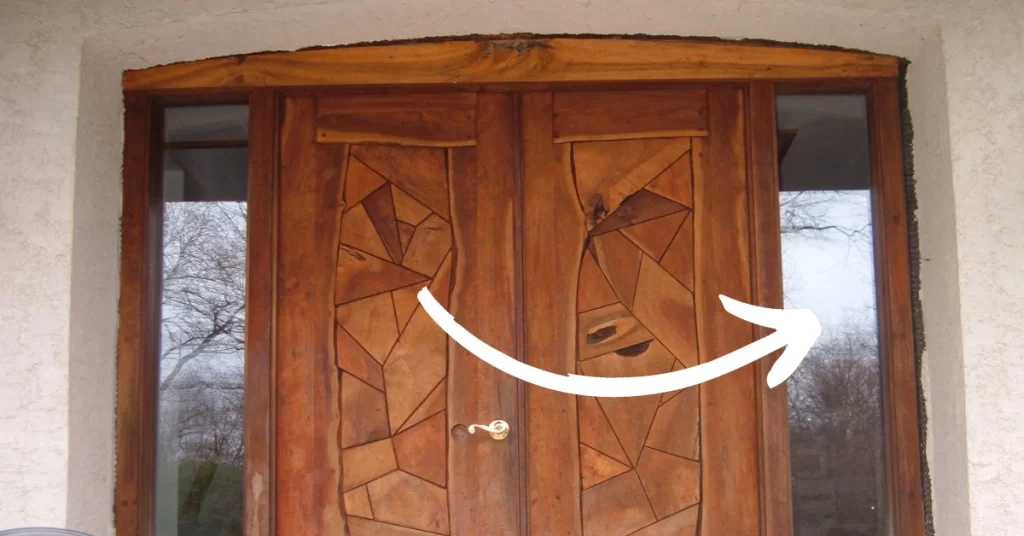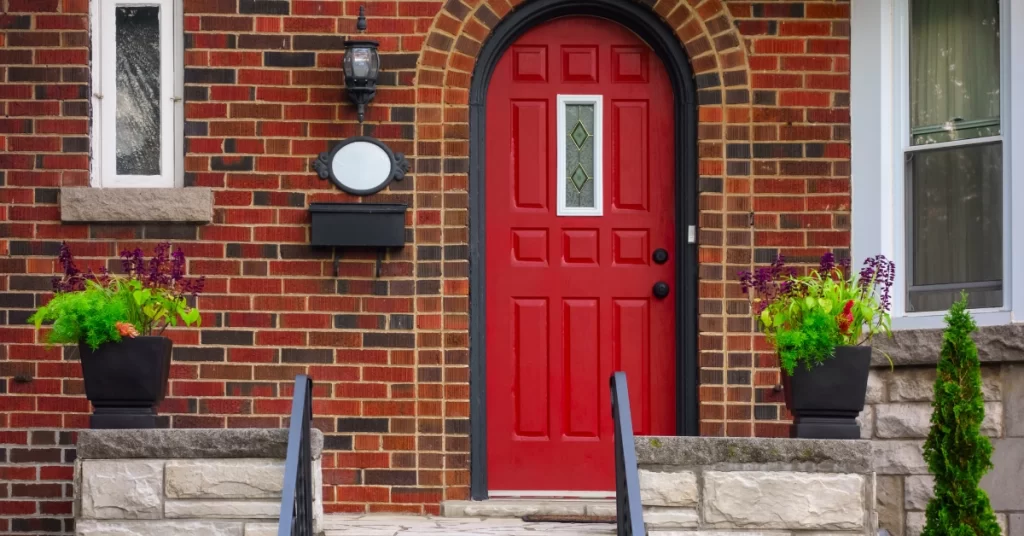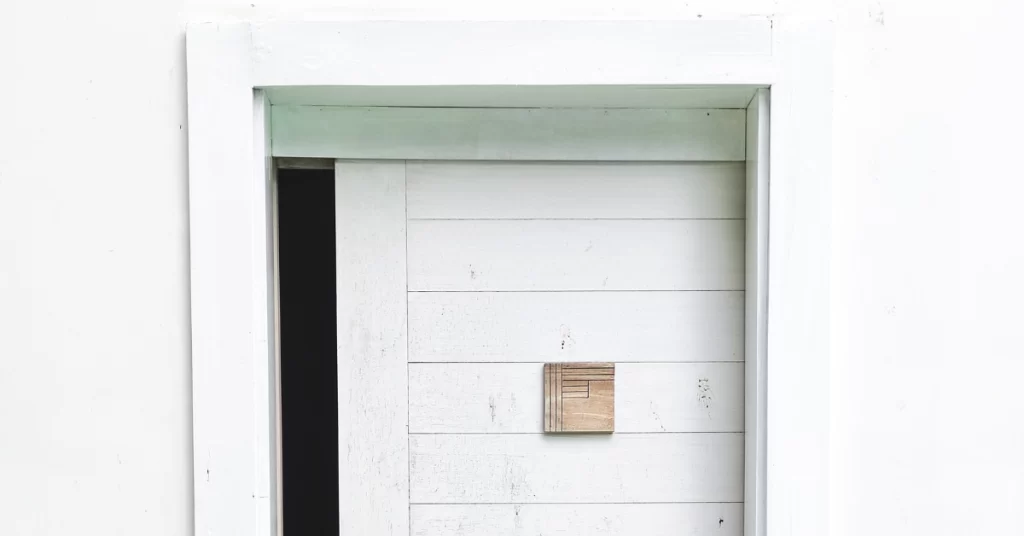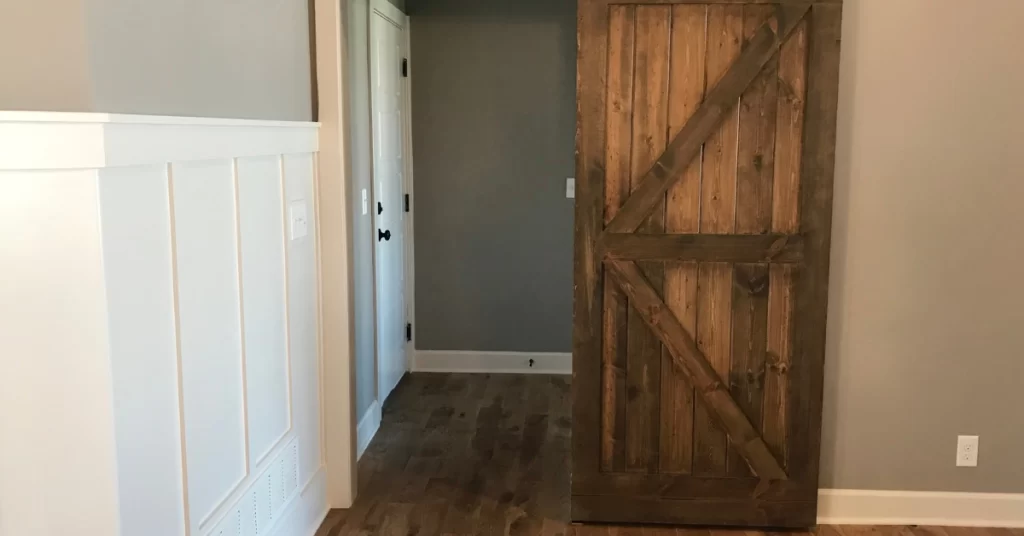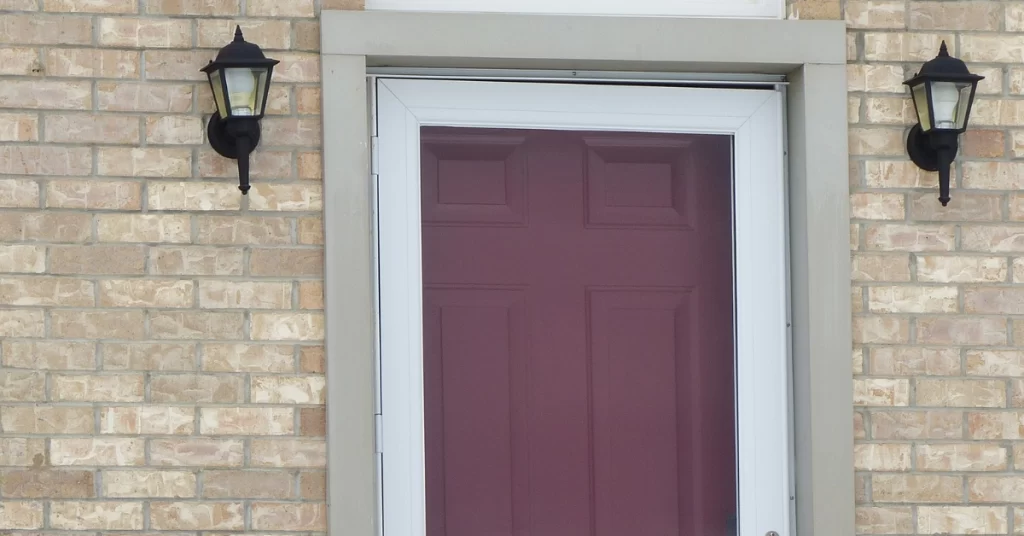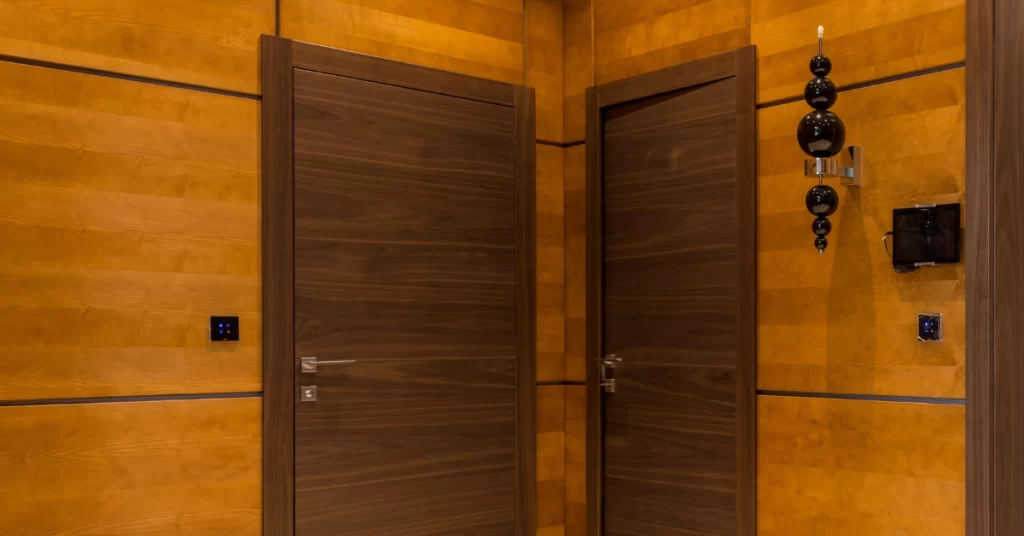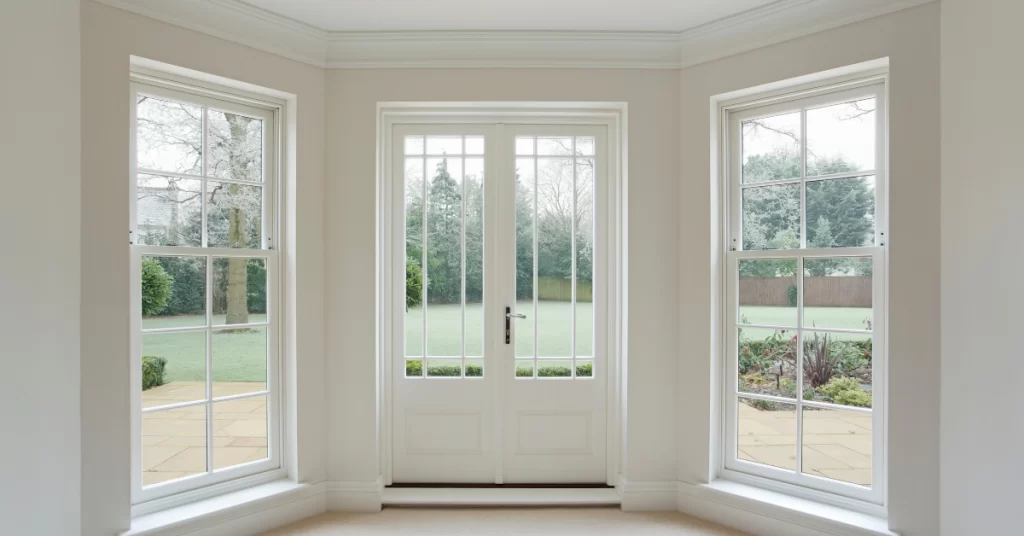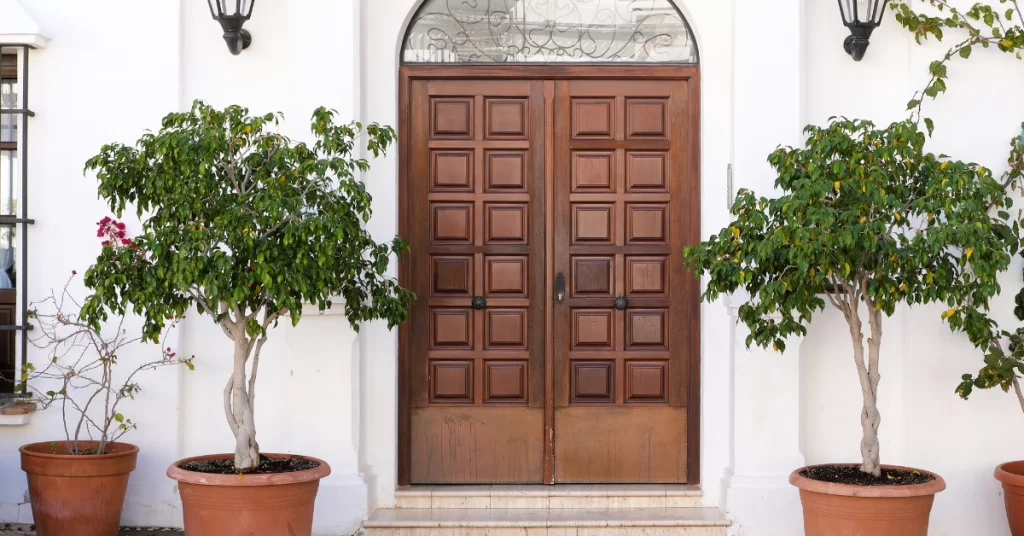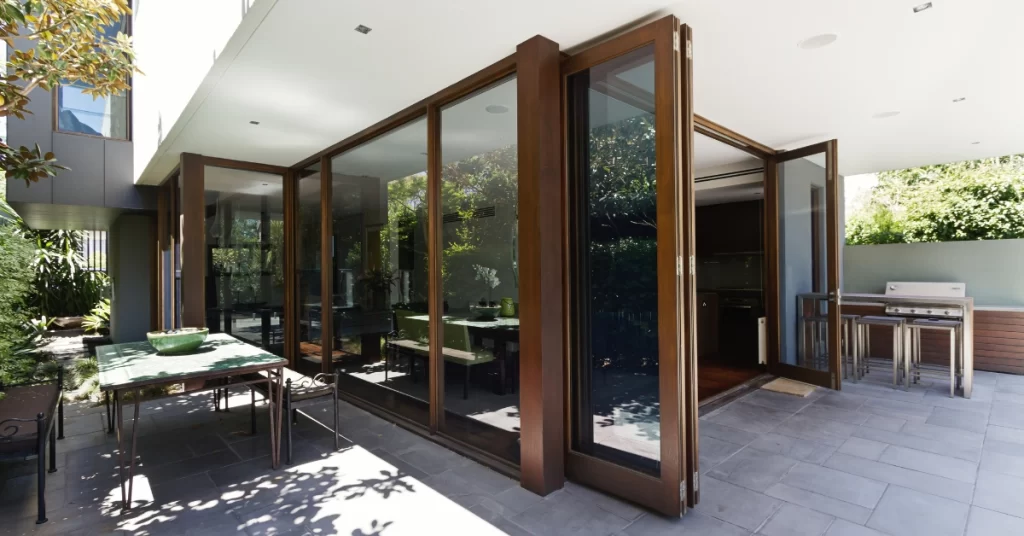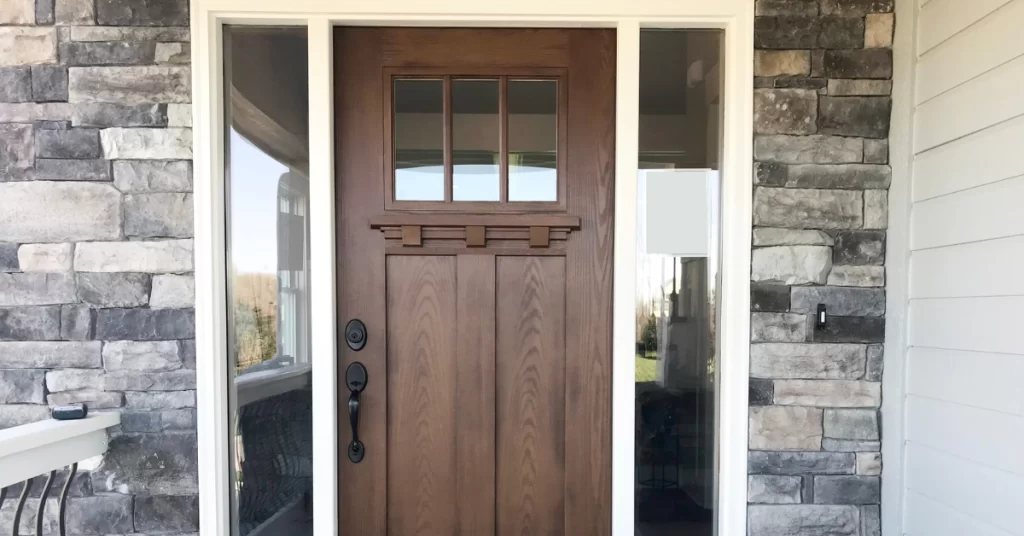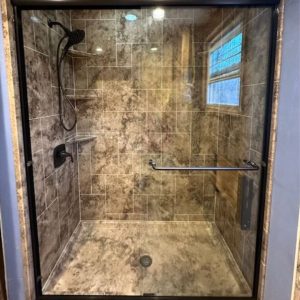Roofing is a confusing world! One term that leaves people confused is “square.” But don’t worry, we’ll explain it.
Simply put, a square in roofing is a unit of measurement used to calculate the size of a roof. One square is equal to 100 square feet. It helps estimate material needs and costs.
This lets roofers quickly assess the scope of work for a project. Knowing the number of squares needed helps them determine how many shingles, underlayment, and other materials are needed. This allows accurate pricing and project planning.
It’s important for homeowners too. Understanding squares gives you meaningful conversations with contractors. You can comprehend estimates and make informed decisions.
The use of squares as a unit of measurement in roofing has been around for centuries. It has roots in traditional European measurements and is still used in the US today.
Now you know what “square” means in roofing. You can now navigate roofing conversations and make informed decisions.
What is a Square in Roofing?
To understand what a square in roofing means, dive into the concept and significance of a square in roofing. Define and explain the term, and explore its importance in the context of roofing.
Definition and Explanation
A square in roofing is a unit of measurement used to figure out how much roofing material is needed for a project. It’s equivalent to 100 square feet. Let’s look closer at the meaning of a square in roofing and why it’s so important.
Definition and Explanation:
The following chart explains what a square is in roofing:
| Term | Definition |
|---|---|
| Square | A unit of measure equaling an area of 100 square feet. |
| Significance | Used to calculate the amount of roofing material for a project. |
Remember that squares are commonly used for both residential and commercial roofing projects. Roofing materials such as shingles, underlayment, and flashing are usually bought by the square.
Pro Tip: When estimating the needed material for a roofing job, consider any extra waste that might occur during installation. It’s better to have extra material than to run out in the middle of the project.
Importance in Roofing
The significance of square in roofing is immense. It is the base for precise estimations and calculations, guaranteeing a well-organized and successful roof installation.
If the measurements are wrong, roofing projects can go wrong. Each square equals 100 square feet of roofing surface, making it an essential measure. By precisely figuring out the number of squares necessary for a roof, contractors can better evaluate material costs.
Plus, understanding squares allows for accurate planning and scheduling. Contractors can decide how many workers are needed and distribute resources accordingly. This helps streamline operations, saving money and time in the end.
Apart from material and labor considerations, a well-measured square also secures optimal roof performance. Properly sized shingles or tiles maximize protection against the elements, preventing leaks and prolonging the roof’s life.
To make exact measurements, it is essential to use professional measuring tools such as laser tape measures or digital measuring devices. Additionally, drawing off each individual square with chalk lines ensures that installers follow a strategic approach during installation.
Regular inspections during the construction process are also essential to guarantee precision. This permits quick adjustments if any discrepancies from the original plan are found.
By recognizing the importance of square in roofing and following these tips, contractors can enhance efficiency and quality in their projects. Accurate measurements lead to better cost estimates, improved scheduling, and, in the end, roofs that are protected from the elements for years.
Understanding Roofing Measurements
To understand roofing measurements, dive into the section “Understanding Roofing Measurements” with its sub-sections “Square as a Measurement Unit” and “Calculating Roofing Squares.” These sections will provide you with the necessary information to grasp the concept of squares in roofing, allowing you to accurately calculate and assess your roofing needs.
Square as a Measurement Unit
The “square” measurement unit is widely used in roofing to work out an area’s size. It’s equivalent to 100 square feet (10 feet by 10 feet). Knowing this helps people in the industry and homeowners to calculate how much material they need for their roofing project.
These are the square measurements for roof sizes:
- Small: 1-10
- Medium: 11-20
- Large: 21-30
It must be noted that this is just a guide – each roof can differ in size.
Contractors also use “roofing squares” as a unit of measurement when they give quotes. This makes communication within the sector simpler and more consistent.
Did you know? Squares have been the go-to roofing measurement for many years, making sure estimations are exact and materials are planned for properly. (Source: National Roofing Contractors Association).
Calculating Roofing Squares
Roofing squares are an essential part of the construction biz. To work out roofing squares, follow these 5 steps:
- Get the Length: Measure the length of each roof plane in feet. Measure from the eaves to the ridge for accurate results.
- Get the Width: Measure the width of each roof plane in feet. Again, measure from eaves to eaves for precise measurements.
- Do the Multiply: Multiply the length and width of each roof plane to get their respective areas in square feet.
- Get the Total: Add up the areas of all roof planes to get a total area measurement in square feet.
- Divide by 100: Divide the total area by 100 to convert it into roofing squares. Remember one square is 100 square feet.
Accuracy is key to avoid over or underestimating materials needed. Knowing common roof shapes and structures such as gable, hip, or flat roofs can help make calculations easier.
The concept of calculating roofing squares has been around for centuries. Over time, we’ve seen improvements in technology with measuring devices and software apps that make this process simpler.
How to Determine the Square Footage of a Roof
To determine the square footage of a roof, use this method with measuring the roof and calculating the square footage as your solution. Measure the roof accurately, then perform the necessary calculations to get the desired square footage.
Measuring the Roof
- Step onto a ladder by the edge of the roof. Measure the length of one side, from the eave to the ridge, using a tape measure.
- Move along the edge and measure each side. Add up all the measurements to find the total length of the roof.
- Climb to the highest point of the roof and measure the width from one eave to the other.
- Measure any protrusions separately and add their dimensions to the calculations.
- Multiply length and width to get the roof’s sq. footage.
Remember to record accurate measurements. Take into account any irregular shapes or slopes for more precise results. Don’t delay measuring the roof. It’s important for many reasons, like finding material quantities, estimating project costs, and ensuring proper installation. Take action now to avoid missing out on important details that can affect the budget and satisfaction with the roofing project.
Calculating the Square Footage
Figuring out the square footage of a roof is a must-do for several building and remodeling projects. It helps contractors and homeowners figure out precisely how much stuff they need, and how much it’ll cost, for an efficient and budget-friendly plan.
| Roof Component | Length (ft) | Width (ft) | Area (sq ft) |
|---|---|---|---|
| Main Roof | 40 | 30 | 1200 |
| Garage Roof | 20 | 15 | 300 |
| Porch Roof | 10 | 8 | 80 |
| Total | – | – | 1580 |
It’s also necessary to notice bits that need extra attention, like overhangs or skylights. This makes your calculations spot-on and you get the right amount of stuff for those places.
Know this: The National Association of Home Builders says that getting the square footage right stops wasteful spending and holds up construction.
The Role of Squares in Roofing Estimates
To accurately estimate roofing costs, it’s essential to understand the role of squares in roofing estimates. Pricing per square and estimating materials needed are the key sub-sections that will be explored in this section. These insights will provide you with a comprehensive solution for calculating roofing expenses effectively.
Pricing per Square
Here’s a table showing the cost of each roofing material per square:
| Material Type | Cost per Square |
|---|---|
| Asphalt | $200 |
| Metal | $300 |
| Wood | $400 |
Using this pricing method can help homeowners and contractors calculate an estimated cost based on the size of the roof.
It’s important to remember that there are other costs that must be taken into consideration, such as labor charges, extra services, and any necessary repairs.
Here are some tips for accurately estimating roofing costs using Pricing per Square:
- Measure precisely – to avoid overestimating or underestimating materials.
- Research material prices – to get better deals with suppliers.
- Factor in additional expenses – like waste removal, permits, or special equipment needed during installation or repairs.
By following these tips, contractors and homeowners can make informed decisions while estimating roofing costs using Pricing per Square. This method allows transparency and helps avoid surprises with expenses throughout the project.
Estimating Materials Needed
Roofing professionals must estimate materials correctly to be efficient and cost-effective. This means figuring out the number of shingles, nails, underlayment, and other needed things.
A visual representation of this is seen below:
| Materials | Quantity Needed |
|---|---|
| Shingles | 40 squares |
| Nails | 12 pounds |
| Underlayment | 3 rolls |
These figures may vary based on the roof size, slope, and other details. It’s vital to take these into account to prevent not having enough or having too much.
Accurate estimating also helps with planning and minimizes delays. By having the correct amount of materials ready, it contributes to smoother workflow.
The NRCA conducted a study which found that precise material estimation can save money on labor and materials.
Conclusion
A square in roofing is a unit of measurement equal to 100 square feet. It is used by roofers for calculating materials, estimating costs, and planning projects.
Plus, it is worth noting that squares in roofing have been around for a while. This standard unit makes it easier to talk about roofing projects with accuracy and efficiency.
Frequently Asked Questions
Q: What is a square in roofing?
A: In roofing, a square is a unit of measurement used to quantify the size of a roof. One square is equal to 100 square feet or a 10-foot by 10-foot area.
Q: How is the size of a roof calculated in squares?
A: To calculate the size of a roof in squares, you divide the total roof area by 100. For example, if your roof is 1,500 square feet, it would be 15 squares.
Q: Why is the square measurement used in roofing?
A: The square measurement provides roofers and contractors with a standardized unit for estimating materials, labor costs, and pricing. It simplifies calculations and allows for consistent communication in the industry.
Q: How does the square measurement affect the cost of a roof replacement?
A: The number of squares in your roof directly impacts the cost of a roof replacement. Roofing materials are typically priced per square, so the more squares your roof has, the higher the total cost will be.
Q: Can a roof have partial squares?
A: Yes, it is common for roofs to have partial squares, especially if there are protrusions like dormers or chimneys. Roofing contractors can accurately measure and account for these partial squares during the estimation process.
Q: Do all roofs have the same slope or pitch?
A: No, roofs can have different slopes or pitches. The slope of a roof refers to its steepness, which affects its square footage calculation and the type of roofing materials that can be used.


